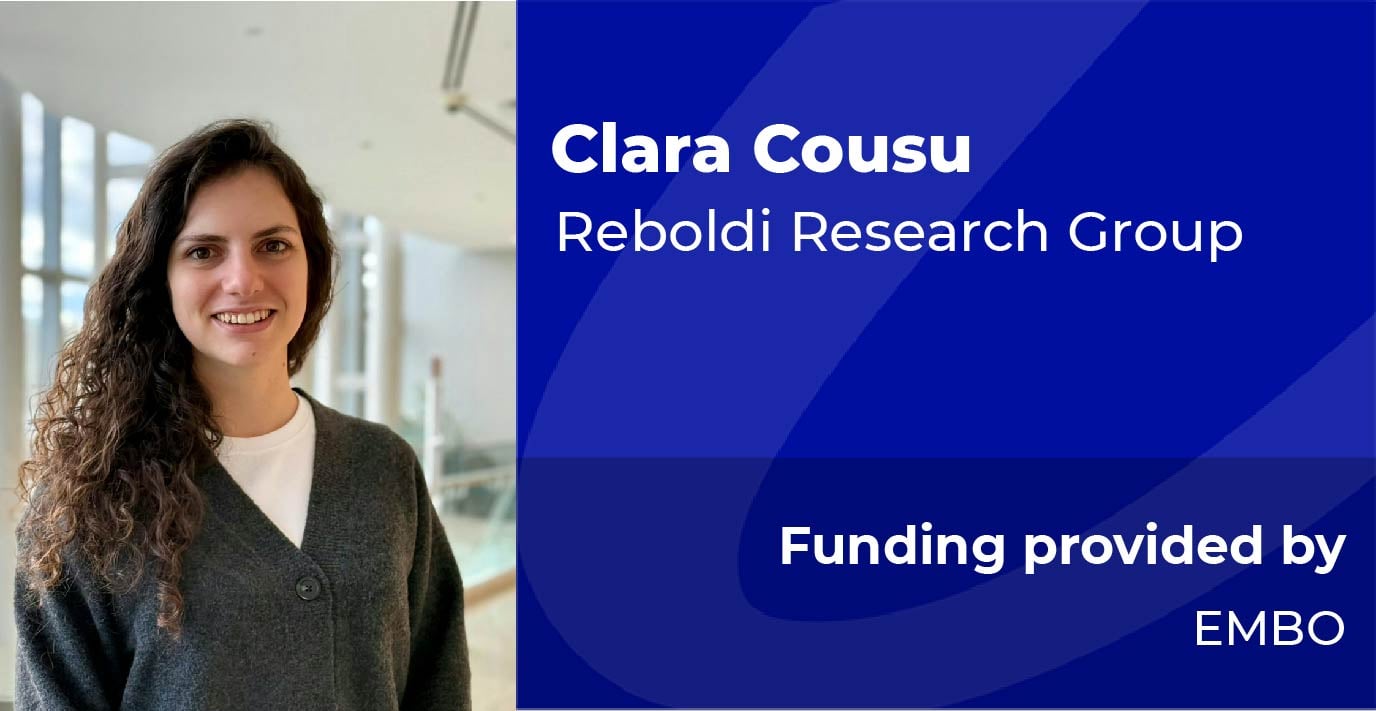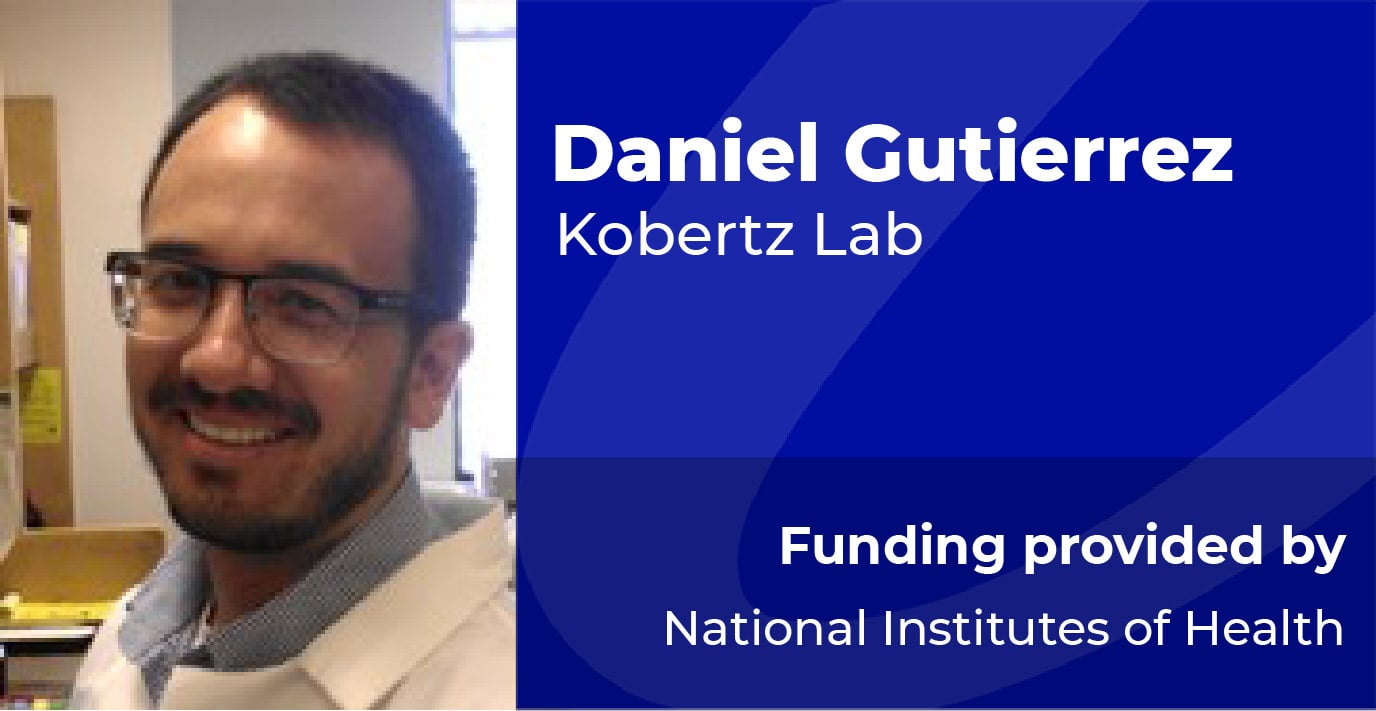Awardees
-
 Read more
Read more -

Structure-based Antiviral Design against HTLV-1 Protease
Read more -

Examining the Role of a Pathogenic HTT Isoform, HTT1a, in Somatic Expansion and RNA Aggregation in Huntington's Disease
Read more -

Identification of a putative mitochondrial solute carrier that regulates mitophagy
Read more -

Developing a programmable siRNA-based therapeutic platform for gene silencing in the skin
Read more -

HMGN1 as a Mediator of Dysregulated Sonic Hedgehog Signaling and Autism Risk in Down Syndrome
Read more -

Role of PrRP+ projections to BNST in ethanol withdrawal and negative affective behavior
Read more -

Investigating the Role of Endosomal Toll-Like Receptors in Remyelination
Read more -

Elucidating the role of lipid nuclear receptors on B cell immunity
Read more -

A molecular dissection of complement in demyelinating disease
Read more
Getting Results…
-
 Aug 19, 2021
Aug 19, 2021Stability of the folded genome
Read more -
 Sep 8, 2021
Sep 8, 2021Fluorescent visualization of complement-dependent pannexin activity in microglia
Read more -
 Oct 6, 2021
Oct 6, 2021Deciphering the role of Gasdermin C in intestinal inflammation and colorectal cancer
Read more -
 Dec 16, 2021
Dec 16, 2021Structure-based design of robust cross-genotypic NS3/4A protease inhibitors that avoid resistance
Read more
